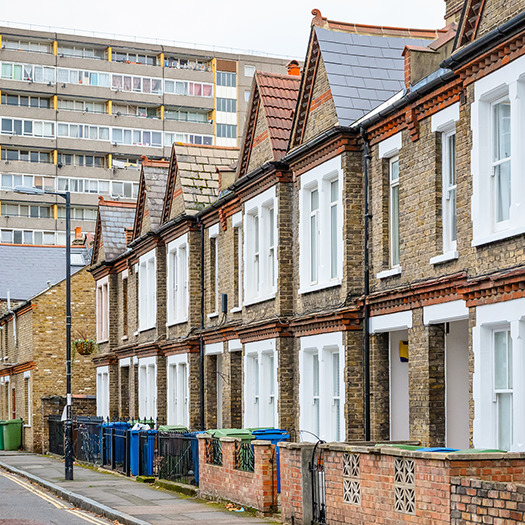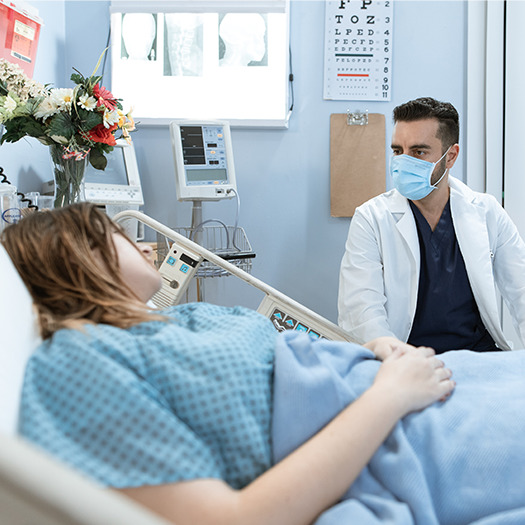The 2023, 2021 and 2015 updates to our 2010 paper show that poor housing is still causing significant cost to the NHS. It gives an economic justification for investing in improving existing housing stock to reduce the cost to the NHS.
Key findings
- We estimate that it is costing the NHS £1.4bn a year to treat people affected by poor housing.
- This represents the first year treatment costs to the NHS of leaving people in the poorest 15% of the housing stock in England.
- When we expand our definition to include all homes which have a significant Housing Health and Safety Rating System (HHSRS) hazard, this figure rises to £2bn per annum, for England. This figure is estimated to equate to £2.5bn for the UK. This is still an under-estimate of the true picture.
- With limited budgets available, local authorities and other agencies would reap the greatest health benefits by focusing on the most cost-effective improvements to the poorest housing occupied by the most vulnerable people.
- Continuing to raise housing standards in existing and new housing stock will also accrue health benefits, which the NHS and society as a whole will benefit from.
Cost of poor housing in England by tenure 2023
In 2023, we carried out new analysis on housing data to build a picture of which tenure types of housing were most affected by Category 1 hazards – and defined as ‘poor housing’. Our report found that the NHS bill to treat people impacted by excess cold of £540mn per year could be mitigated if action was taken to improve the efficiency and quality of England’s housing stock, with a pay back of between 8 and 9 years.
Excess cold is most prevalent among properties that are owner occupied or privately rented – homes which are more likely to have the lowest energy efficiency ratings (a band F or G). Over half a million owner occupied properties and 200,000 privately rented homes fall into this category.

Cost of poor housing in England by tenure
Watch the video to hear from our housing expert, Helen Garrett as she explains how poor housing impacts the health and wellbeing of people and the cost to the NHS.
Further information
- In 2010, the BRE Trust published the results of a research project which sought to quantify the cost of people living in poor housing in England to the National Health Service.
- This was possible because of the information from the English Housing Survey on the risk of a home incident occurring and its likely impact on health, measured through the HHSRS, combined with information from the NHS on treatment costs.

Sign up to our newsletters
Sign up to our newsletters for the latest updates and offers on our products, events, standards and qualifications.

